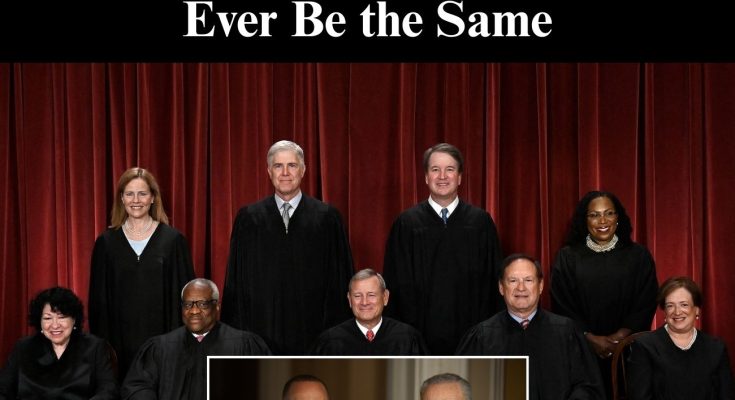Texas dropped a major new voting rights clash onto the Supreme Court’s doorstep Friday with an emergency request asking the justices to let the state use its new Republican-leaning congressional map for the 2026 elections.
Attorney General Ken Paxton said the map was designed to help Republicans politically but was not the racial gerrymander a lower court found it to be, The Washington Times reported.
“Radical left-wing activists are abusing the judicial system to derail the Republican agenda and steal the U.S. House for Democrats. I am fighting to stop this blatant attempt to upend our political system,” he said.
He said accusations of racism were “baseless” and were pushed by Democrats “because they are losing.”
Earlier this week, a three-judge panel in Texas ruled against the new map.
In a 2 to 1 decision, the panel said Texas acted with racial motivations when it eliminated several majority minority districts and replaced them with Republican-leaning seats.
The court ordered the state to revert to its older map for the 2026 elections.
Circuit Judge Jerry Smith issued a scathing dissent and called the ruling “the most blatant exercise of judicial activism that I have ever witnessed.”
Justice Samuel Alito quickly put a hold on the lower court’s decision Friday night.
That move restores the state’s new map while the case continues.
Mr. Paxton outlined several reasons why the Supreme Court should allow Texas to keep using the map, including the justices’ Purcell Principle, which cautions against changing election rules close to voting.
He repeatedly cited Judge Smith’s dissent as a guide for how the high court should rule.
Texas redrew its map after President Donald Trump urged GOP-led states to help strengthen the party’s narrow House majority.
The Justice Department also signaled that some of the minority-heavy districts in the current map might no longer pass constitutional scrutiny.
Gov. Greg Abbott, who directed lawmakers to undertake the rare mid-decade redistricting, said the objective was political gain rather than discrimination.
Texas’ move unleashed a wave of responses from other states.
Democrats in California passed a map that could erase five Republican seats, potentially canceling out Texas’ advantage.
Missouri and North Carolina approved maps more favorable to Republicans, while Virginia is moving toward a map that favors Democrats.
If the Supreme Court permits the lower court ruling to stand and blocks Texas’ new map, Democrats would likely gain the upper hand in the national redistricting battle.
The justices gave Texas’ challengers until Monday to respond to the emergency request.
The case raises significant questions about the Voting Rights Act of 1965, a landmark law that Supreme Court precedent has long interpreted as encouraging states to create districts that maximize minority voting power.
Conservatives have argued in recent years that this approach conflicts with the Constitution’s Equal Protection Clause.
The Supreme Court has already heard oral arguments this term in a related case touching on that issue.
Texas’ emergency request could offer a preview of how the court may ultimately rule.
Still, Mr. Paxton argued the justices do not need to resolve broader questions about the Voting Rights Act in order to let the new map stand.
Judge Jeffrey Brown, a Trump-appointed district judge, wrote the majority opinion against Texas on Tuesday.
He said Texas had no reason to dismantle the majority minority districts it approved in 2021.
“By all current appearances, there was no past discrimination in favor of minority coalitions for the state to remedy — and, therefore, no ‘strong basis in evidence’ to support the state’s purposeful and predominant consideration of race in the 2025 redistricting process,” he wrote in the 160-page ruling.
Judge Smith delivered a sharp response in his dissent.
“The main winners from Judge Brown’s opinion are George Soros and [California Gov.] Gavin Newsom. The obvious losers are the People of Texas and the Rule of Law,” he wrote.

